
Placing Two Fingertips Together to Detect Lung Cancer: A Quick Test Doctors Use
Lung cancer remains one of the most common and deadly cancers worldwide, often diagnosed at a late stage due to subtle or absent early symptoms. Early detection is crucial for improving survival rates, yet many people remain unaware of simple signs that might indicate a problem. Interestingly, doctors sometimes use a quick and easy physical check involving the fingertips to help assess whether a patient might be at risk for lung cancer. This simple method, known as the “finger clubbing test,” can offer important clues and encourage timely medical investigation.
The test involves placing the tips of the two index fingers (or sometimes the thumb and index finger) of both hands together. Normally, when two fingertips are pressed against each other, a small diamond-shaped gap is visible between the nails and skin of the opposite fingers. This is because the angles of the nails and soft tissue allow for some space. However, in some cases, this diamond-shaped gap disappears, and the fingertips touch fully without any space between the nails. This physical sign is called “finger clubbing,” and it can be a subtle but important indication of lung or other systemic diseases.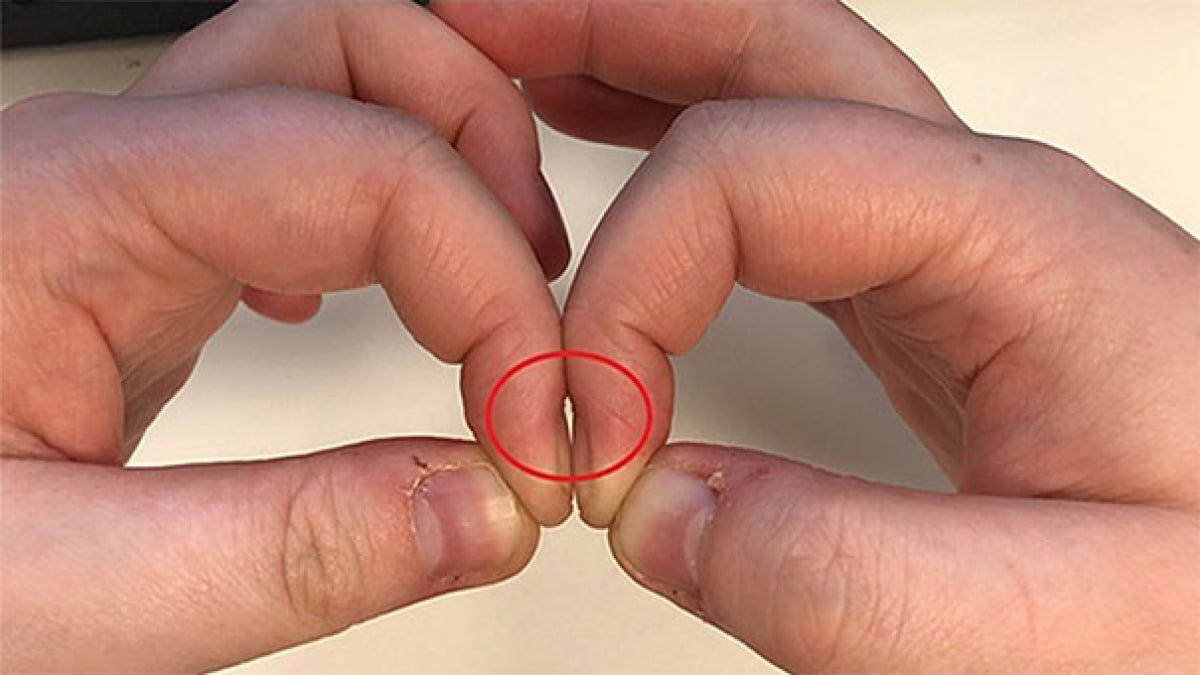
What Is Finger Clubbing?
Finger clubbing is a condition where the tips of the fingers enlarge and the nails curve downward over the fingertips. This phenomenon develops slowly and is often painless, so many people may not notice it themselves. It is typically caused by long-term low oxygen levels in the blood, often related to lung diseases such as lung cancer, chronic infections, or interstitial lung disease. Finger clubbing can also be linked to heart diseases or other medical conditions.
How Does the Fingertip Test Work?
To perform the test, follow these steps:
-
Hold both hands in front of you with palms facing each other.
-
Bring the index fingers of each hand together so that the tips and nails align.
-
Look closely to see if a small diamond-shaped gap is visible between the nails and the skin of the opposite fingers.
-
If the diamond gap is visible, it usually means finger clubbing is not present.
-
If the gap disappears and the fingertips touch fully, this suggests finger clubbing might be present.
Doctors often use this simple test as an initial screening tool to help identify patients who may need further investigation, especially if other symptoms such as chronic cough, chest pain, shortness of breath, or unexplained weight loss are also present.
Why Is This Important?
Lung cancer is notoriously difficult to detect early because many symptoms mimic other common illnesses, and changes in the body can be very subtle. Detecting finger clubbing can serve as an early warning sign, prompting people to seek professional medical advice and undergo further diagnostic tests such as chest X-rays, CT scans, or biopsies.
Early diagnosis significantly improves treatment outcomes. When lung cancer is found early, options like surgery, chemotherapy, or targeted therapies can be more effective, potentially saving lives.
Limitations of the Test
While the fingertip test is helpful, it is important to remember that it is not a definitive diagnostic tool. Finger clubbing can be caused by many different health problems, not just lung cancer. Likewise, not everyone with lung cancer develops finger clubbing. Therefore, this test should be viewed as a quick screening method that can raise suspicion but must be followed by comprehensive medical evaluation.
Additional Tips for Lung Health Awareness
-
Be aware of symptoms such as persistent cough, coughing up blood, chest pain, and unexplained fatigue.
-
Avoid smoking and exposure to secondhand smoke, as smoking is the leading cause of lung cancer.
-
Get regular health checkups, especially if you have risk factors like a family history or occupational exposure to harmful substances.
-
If you notice changes in your fingers, nails, or experience respiratory symptoms, consult a healthcare professional promptly.
Conclusion
The simple act of placing two fingertips together to observe the presence or absence of a diamond-shaped gap is a quick and non-invasive method doctors use to identify potential finger clubbing, which can be a sign of lung cancer or other serious diseases. While it is not a diagnostic test on its own, it is a useful early warning tool that can encourage timely medical follow-up. Understanding and performing this test could help many individuals recognize the need for further medical evaluation and ultimately improve the chances of early lung cancer detection and treatment.
News in the same category

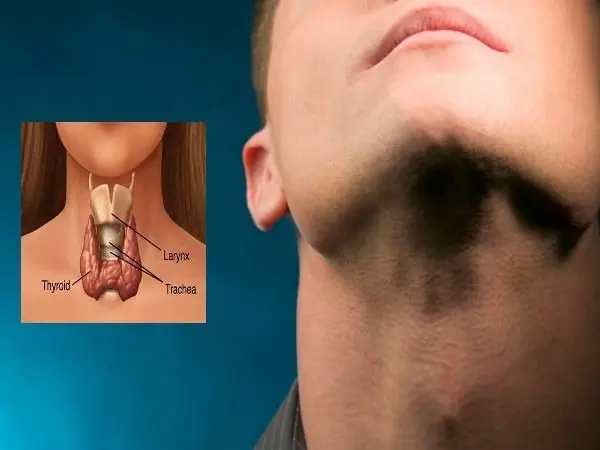
The Number of People with Thyroid Nodules Is Increasing! Doctors Repeatedly Emphasize: Eat Fewer Tomatoes and More of These 3 Foods
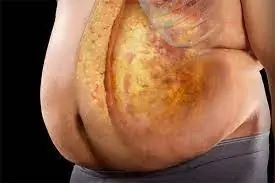
More and More People Are Suffering from Visceral Fat! Doctor: 9 Foods That Help Reduce Visceral Fat – Eat Them Regularly
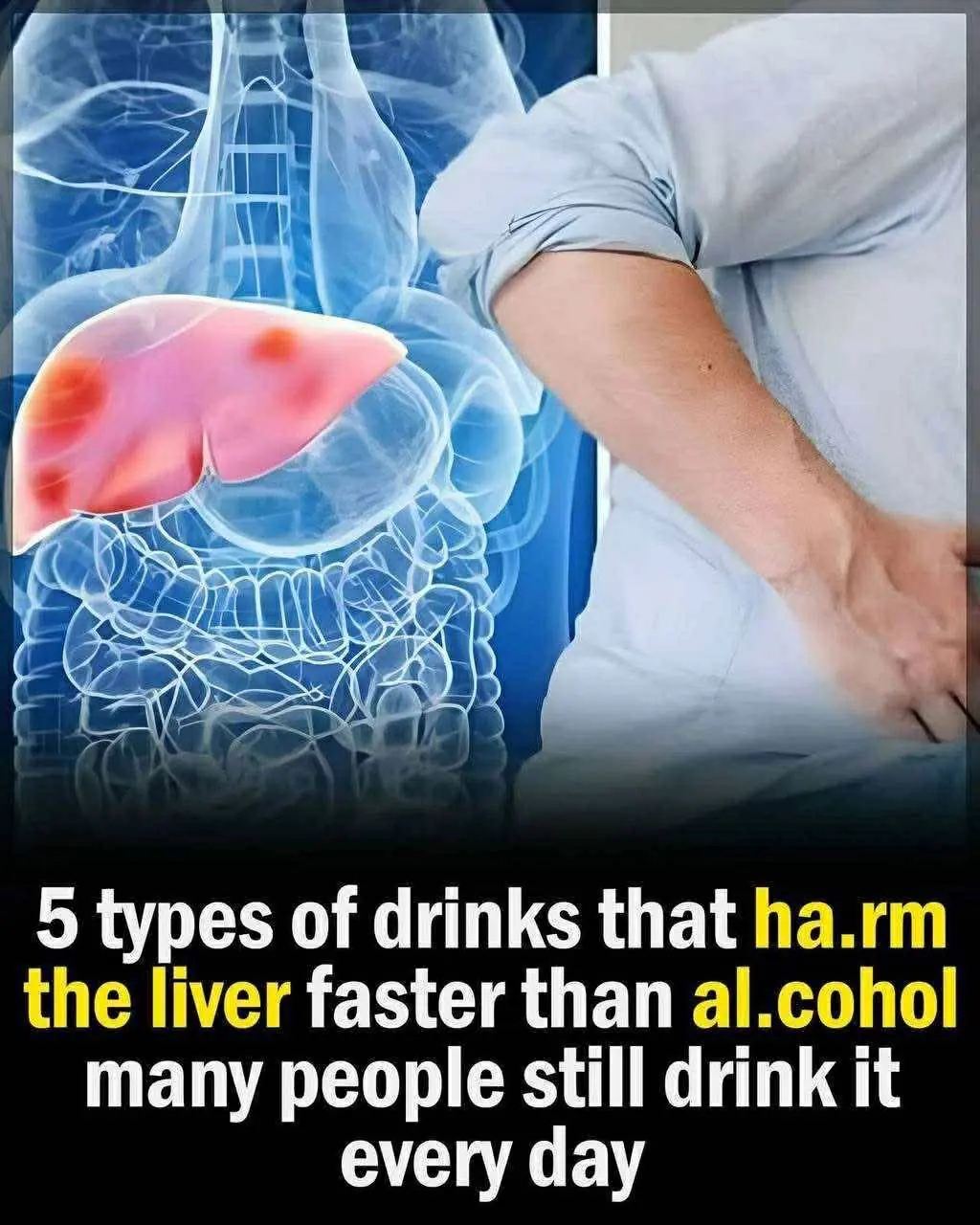
5 everyday drinks that can harm your liver like alcohol

Your Guide to Preparing for the Gynecologist: 10 Key Dos and Don’ts
A 6-year-old boy diagnosed with late-stage canc3r, his father regrets after doctors reveal the cause linked to a popular type of beverage
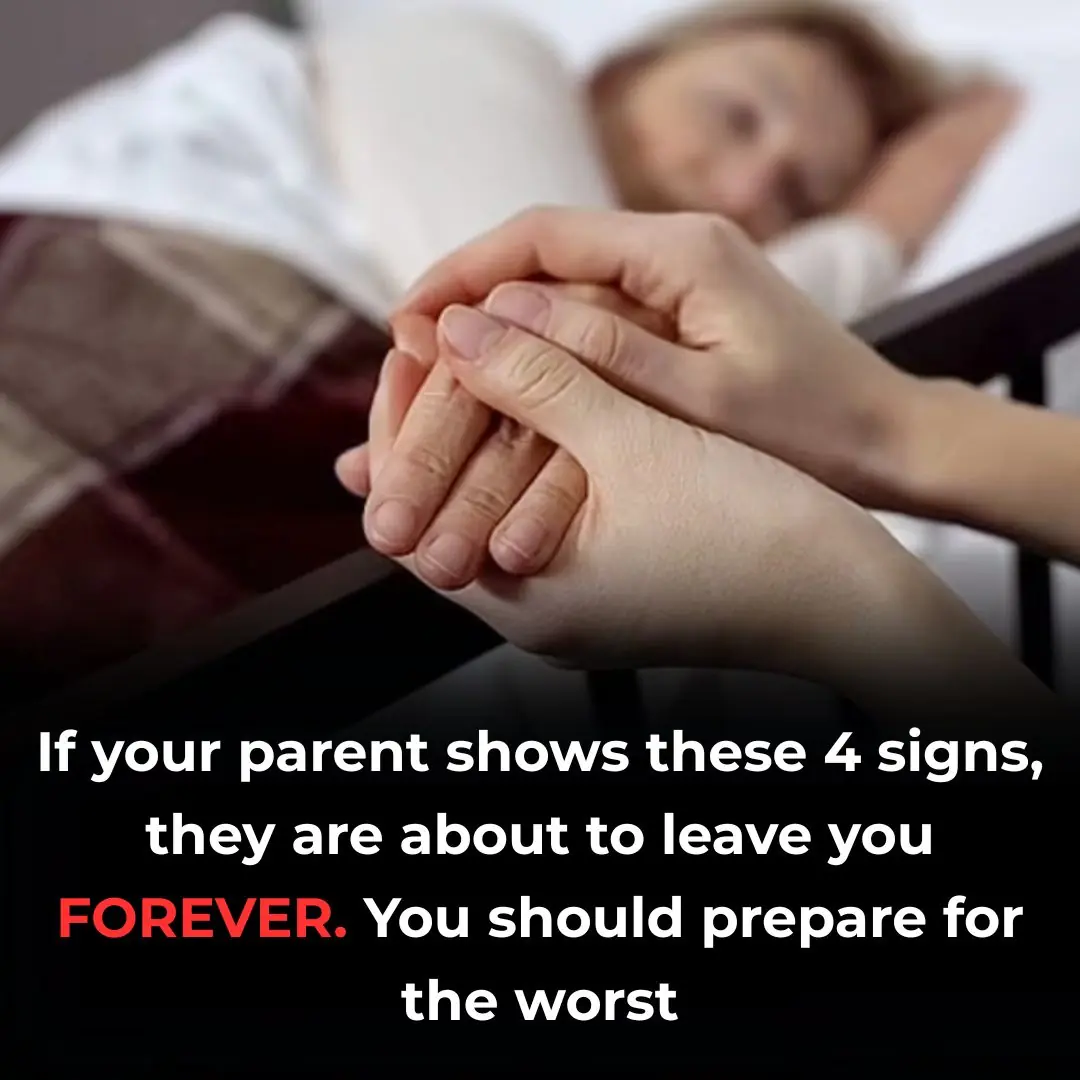
If Your Parent Shows These 4 Signs, They May Be Nearing the End of Life. Prepare Yourself for What’s to Come

Top 13 Signs That You May Have a Thyroid Disorder

What Can Your Urine Tell You About Your Health?
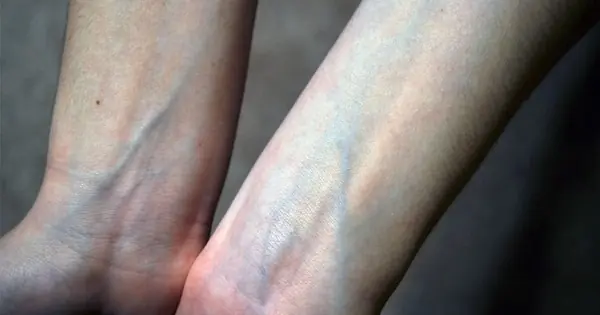
If You See Someone with Prominent Blue Veins, You Must Tell Them This — It Could Save Their Life
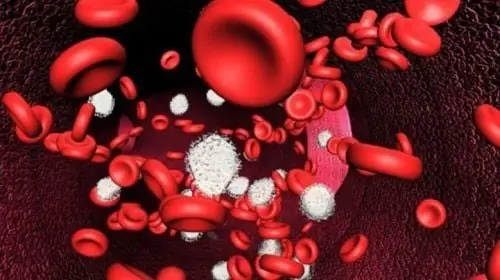
Cancer Cells Destroyed in 42 Days by a Glass of Juice: A Stunning Success That Has the World Celebrating
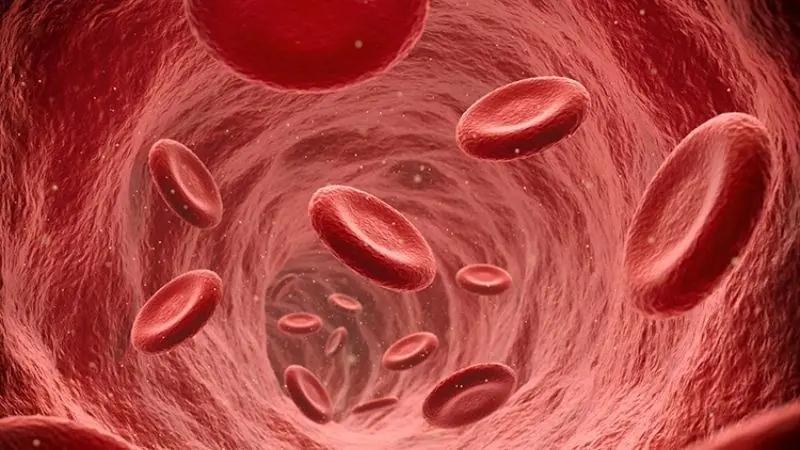
Cancer Doesn’t Hurt at First, But If You Notice These 5 Signs When Using the Bathroom, See a Doctor Early: Don’t Ignore Them

Epsom Salt Bath and Foot Soak – Benefits and Recipes (Ultimate Guide)

10 Benefits to Drinking Warm Water (No Lemon Required)

Warts on Hands: Causes and Effective Natural Treatments

102-year-old Nutritionist Reveals 7 Life Rules That Kept Him Thriving — “It’s Not Just Genetics”
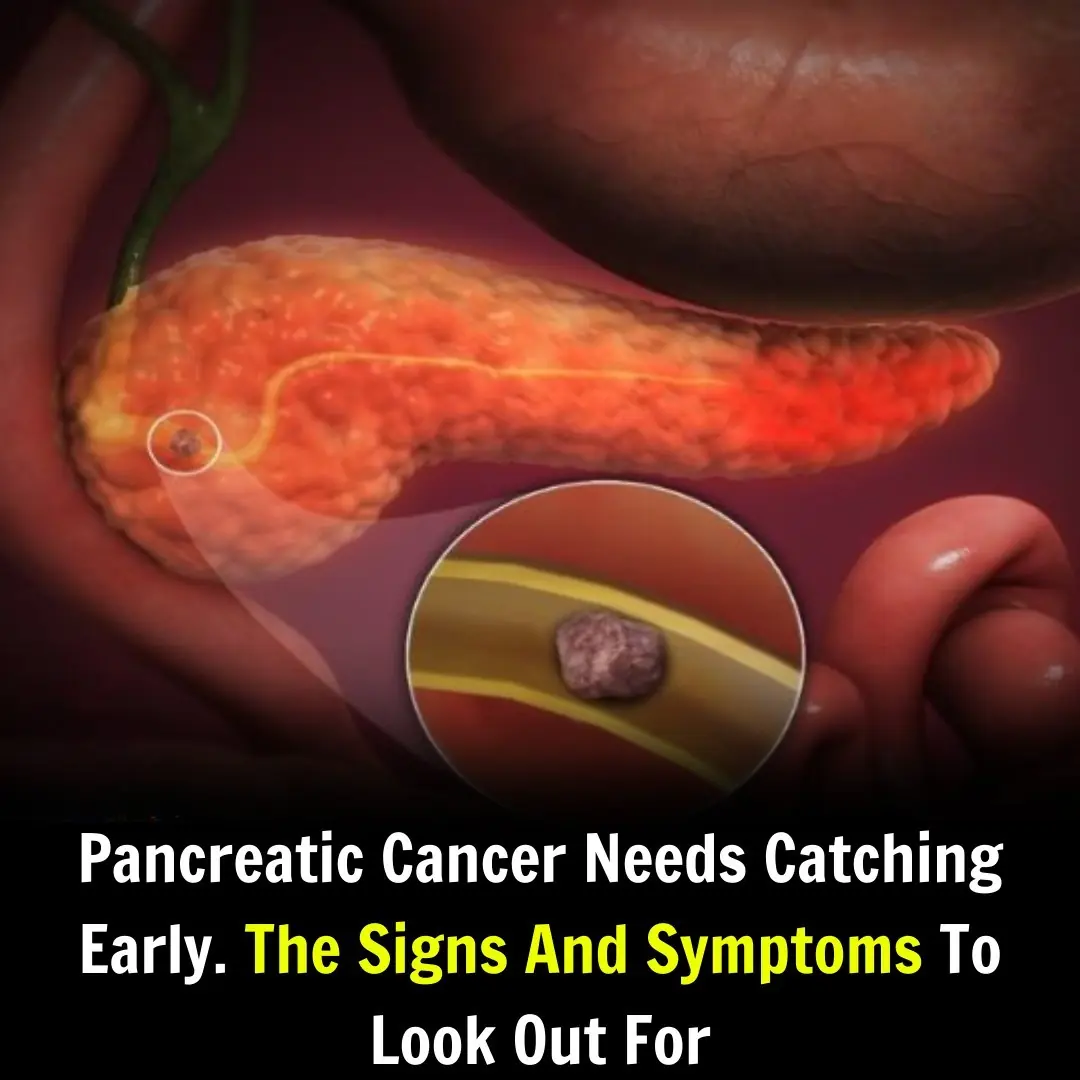
10 Signs of Pancreatic Cancer You Should Never Ignore
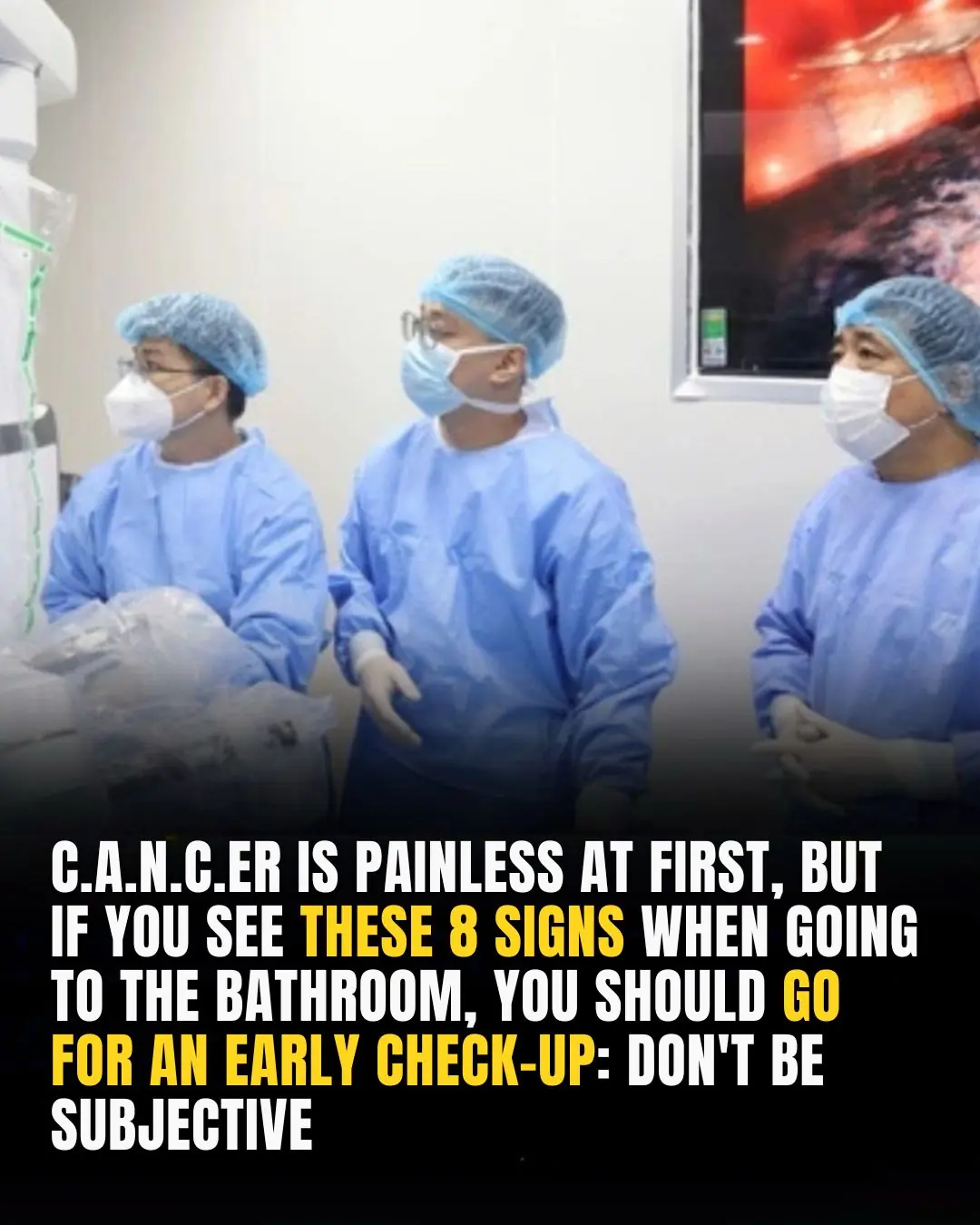
Poop and Colon Cancer: Warning Signs To Look For And When To Seek For Help

26-Year-Old Woman Dies After Eating Hot Pot: Warning About Two Things That Should Never Be Shared While Eating Hot Pot
News Post

Two Itchy Areas on the Body May Signal Liver Cancer—Many Mistake It for an Allergy

The Number of People with Thyroid Nodules Is Increasing! Doctors Repeatedly Emphasize: Eat Fewer Tomatoes and More of These 3 Foods

More and More People Are Suffering from Visceral Fat! Doctor: 9 Foods That Help Reduce Visceral Fat – Eat Them Regularly

5 everyday drinks that can harm your liver like alcohol
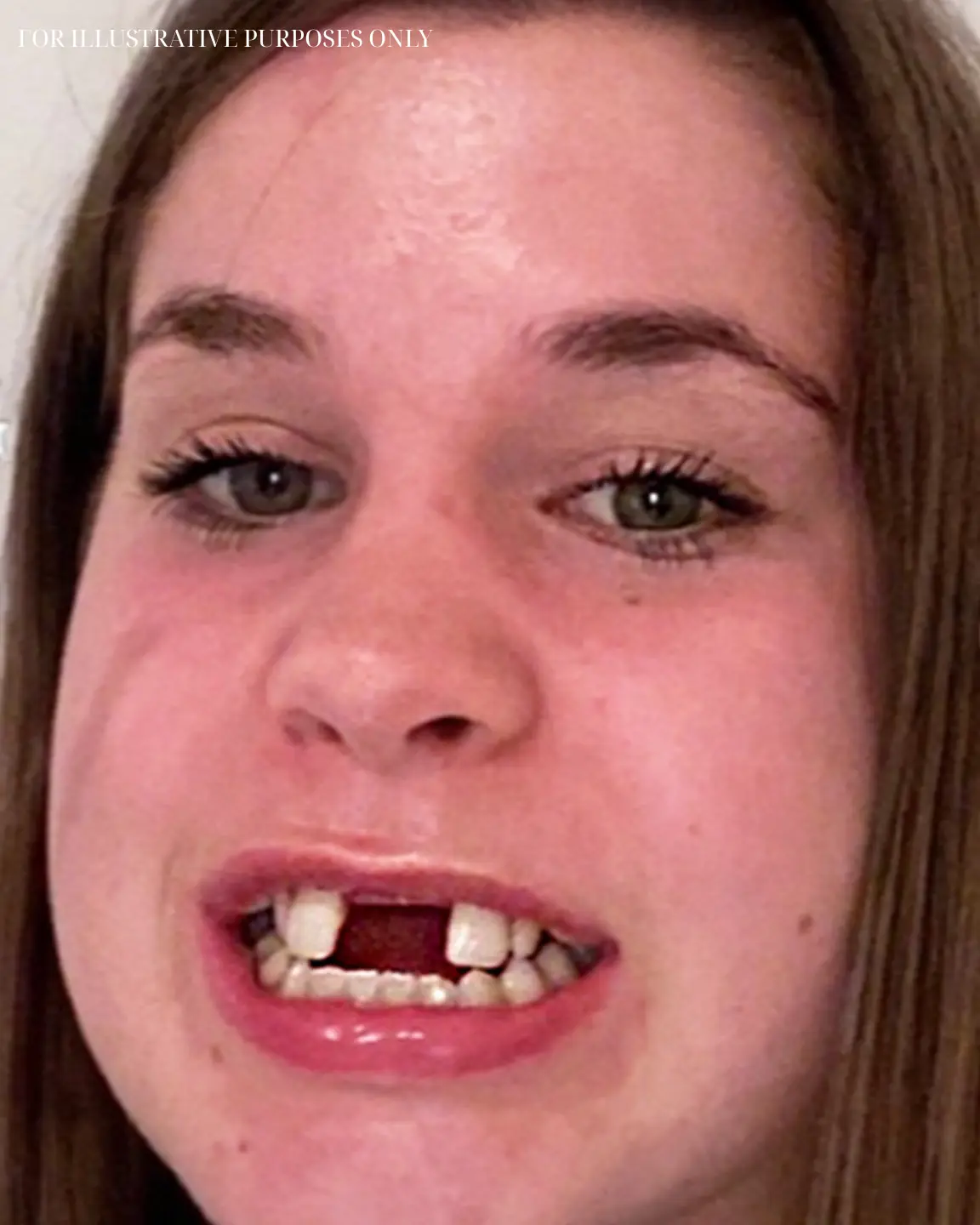
This Girl Spent 6 Years Fixing Her Jaw & After the Final Surgery, She Stunned Everyone with the Results – Her Transformation in Pics
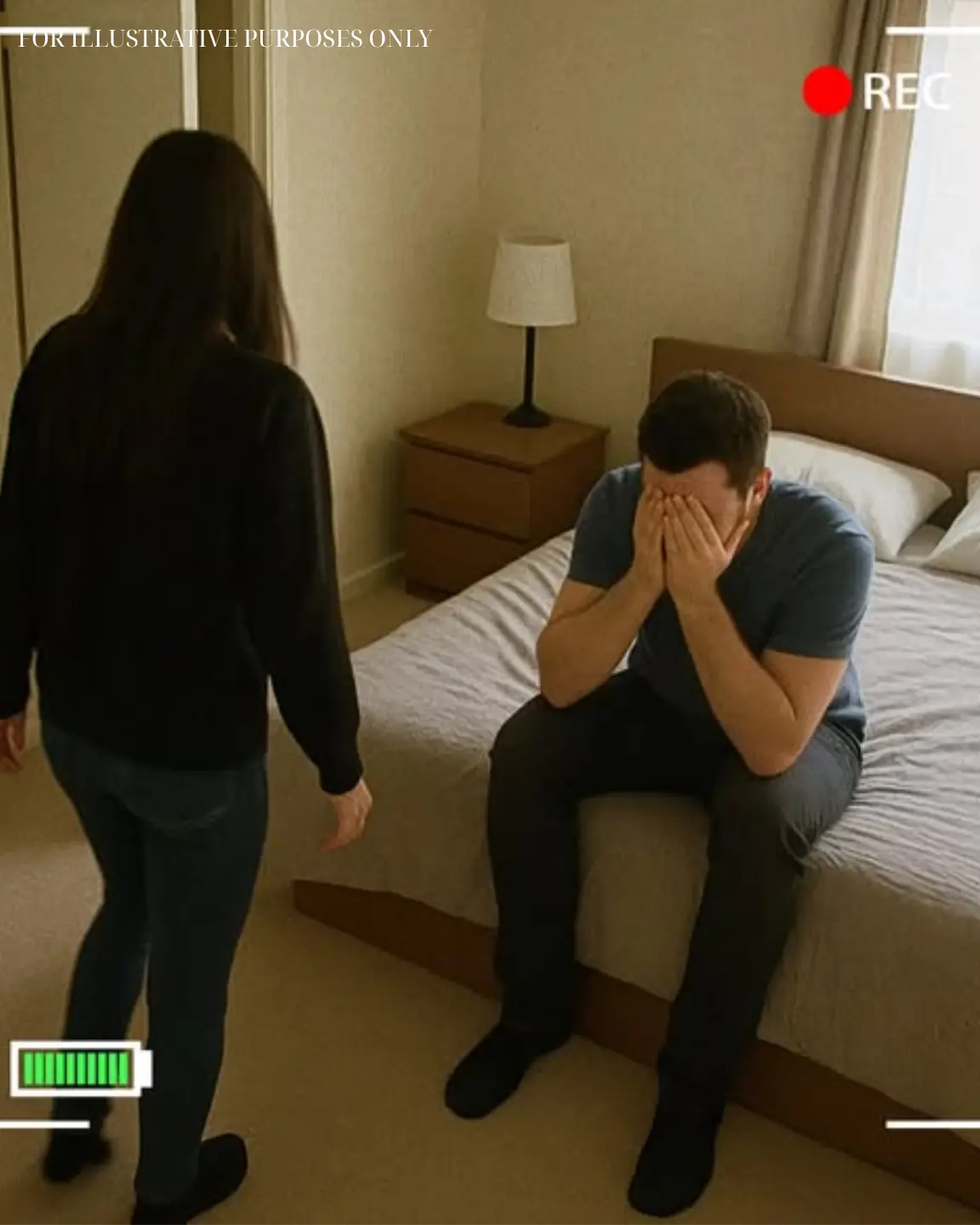
'Mom, Do You Want to Meet Your Clone?' – What My 5-Year-Old Said Uncovered a Secret I Wasn't Ready For

You’re nobody without me,» my husband declared. But a year later, in my office, he begged me for a job

An eight-year-old child saved his sister during a severe snowstorm. But where were their parents at that time?

We’ll live off our daughter-in-law; she has a good job,» the mother-in-law shared with her friend

Unexpected health benefits of chai spices you may not be aware of

Your Guide to Preparing for the Gynecologist: 10 Key Dos and Don’ts

12 Surprising Things That Men Love and Find Attractive in Women

Unlocking the Hidden Power of Lactuca Serriola: Nature’s Wild Gift Growing All Around You

A REAL VITAMIN BOMB: Celery and Lemon for Clarity, Pressure Relief, and Detox
A 6-year-old boy diagnosed with late-stage canc3r, his father regrets after doctors reveal the cause linked to a popular type of beverage

19-Year-Old Influencer Dies After Unbuckling Harness Mid-Flight in Parasailing Accident

My Husband's Relatives Treated My Bakery Like Their Personal Buffet — So I Served Them a Taste of Their Own Medicine

I Thought I Knew My Fiancé Until I Saw 'You Picked the Wrong Guy, Gave Him the Wrong Finger' on His Car One Morning – Story of the Day

Support Healthy Weight Management in Seniors with These 3 Morning Drinks
